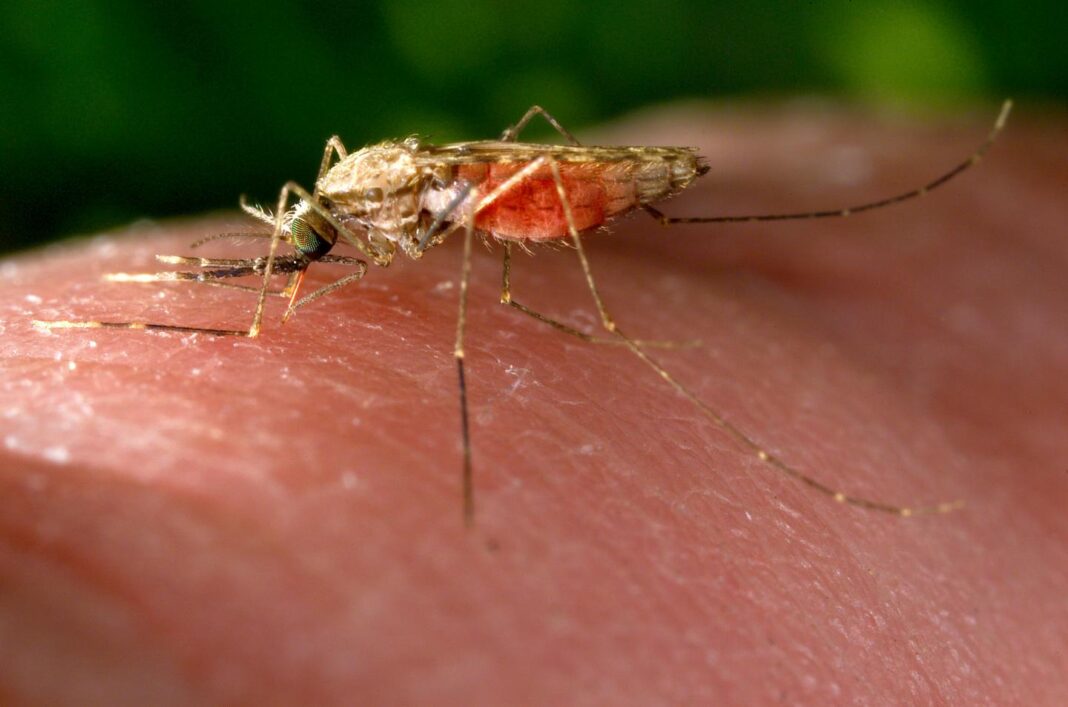According to the latest World Malaria Report, released in November 2020, there were 229 million cases of malaria in 2019 compared to 228 million cases in 2018. The estimated number of malaria deaths stood at 409,000 in 2019. There is an urgent need to find new ways to combat the growing mosquito resistance to pesticides and malaria parasite resistance to antimalarial drugs. Gene drives are being tested as a new approach. In a new study, researchers from the Imperial College London reported that their approach brings gene drives one step closer as a potential strategy for eliminating malaria.
Their study was published in the journal eLife, in a paper titled, “Converting endogenous genes of the malaria mosquito into simple non-autonomous gene drives for population replacement.”
“Gene drives for mosquito population replacement are promising tools for malaria control,” wrote the researchers. “However, there is currently no clear pathway for safely testing such tools in endemic countries. The lack of well-characterized promoters for infection-relevant tissues and regulatory hurdles are further obstacles for their design and use. Here we explore how minimal genetic modifications of endogenous mosquito genes can convert them directly into non-autonomous gene drives without disrupting their expression.”
In the study, the researchers genetically modified the malaria-transmitting mosquito Anopheles gambiae. The study is the latest to use CRISPR-Cas9 gene-editing technology to make changes in mosquito genes that could reduce their ability to spread malaria.
“Gene drives are promising tools for malaria control,” said first author Astrid Hoermann, PhD, research associate at Imperial College London. “But we wanted a clear pathway for safely testing such tools in countries where the disease most commonly occurs.”
Using CRISPR-Cas9 technology, the researchers inserted a gene that encodes an antimalarial protein amidst genes that are turned on after the mosquito eats a blood meal. The team performed this while allowing the whole section of DNA to also function as a gene drive that could be passed on to most of the mosquitoes’ offspring. They first inserted the gene with a fluorescent marker to track it in three different spots in the DNA, and then later removed the marker, leaving only the modification behind.
“We co-opted the native regulatory sequences of three midgut-specific loci of the malaria vector Anopheles gambiae to host a prototypical antimalarial molecule and guide-RNAs encoded within artificial introns that support efficient gene drive,” noted the researchers. “We assess the propensity of these modifications to interfere with the development of Plasmodium falciparum and their effect on fitness. Because of their inherent simplicity and passive mode of drive, such traits could form part of an acceptable testing pathway of gene drives for malaria eradication.”
The team then bred the mosquitoes to observe if they were able to successfully reproduce and remain healthy, and tested how the malaria parasite developed in the mosquitoes’ guts. Their experiments provide preliminary evidence that this approach to genetic modifications could create successful gene drives.
“These genetic modifications are passive, and could be tested in the field and undergo a stringent regulatory process to ensure they are safe and effective in blocking the parasite without raising concerns of accidental spread in the environment,” explained senior author Nikolai Windbichler, PhD, senior lecturer at the department of life sciences, Imperial College London. “However, once we combine them with other mosquitoes with an active gene drive, they turn into gene drives themselves without the need for any further changes. Our approach thus brings gene drives one step closer to being tested in the field as a malaria elimination strategy.”






